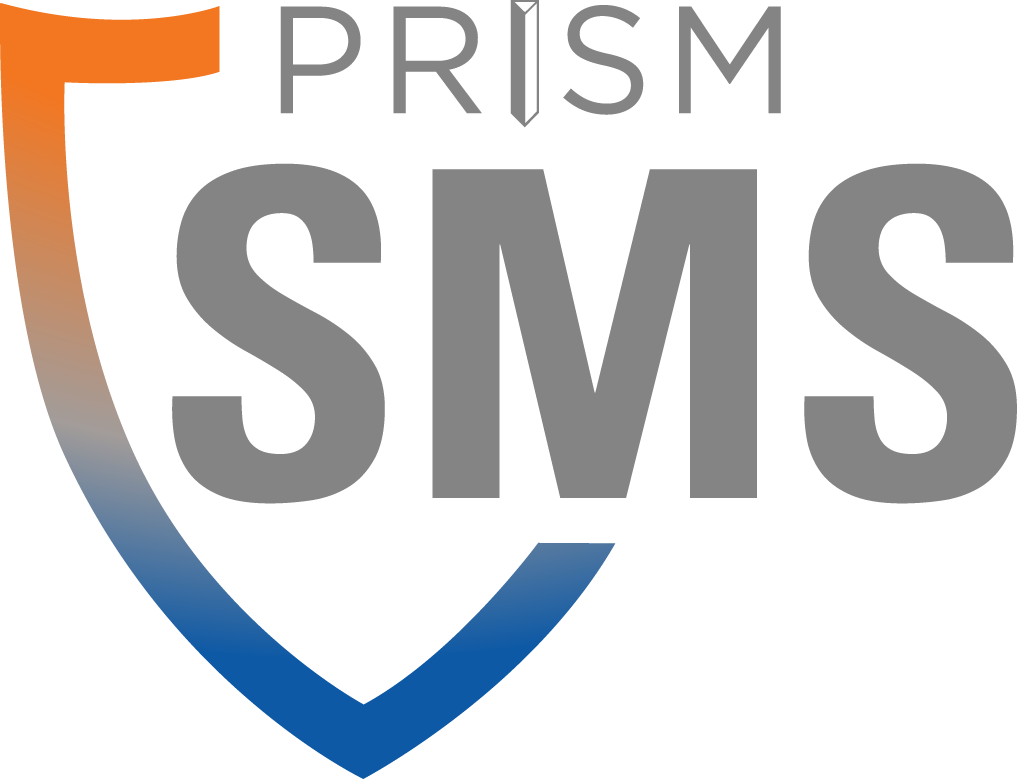These resources are provided to assist with aviation operations.
Scroll down this page to find helpful documents, links and videos divided into these six sections:
Section One: NASA Callback and Readback
Section Two: Manuals
Section Three: Links
